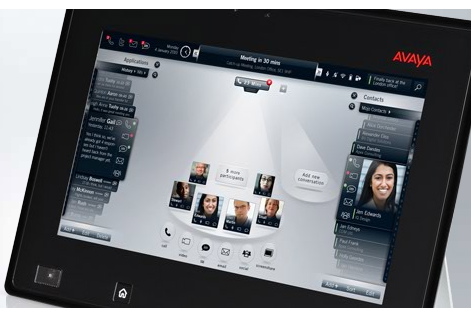A week ago, I participated as a third party analyst in a CIO.com hosted podcast together with Hugh McCullen, the GM of Nortel's Multimedia Services. Here is a synopsis of a few questions and my answers. Here is the fourth and final in a series of posts.
With relation to this evolutionary path, do you only feel that companies implement managed services as they begin using HD video conferencing and telepresence solutions. Or, do you see managed services playing a role at each step along the way?
As good as the gear is though, it's really more about the service and the user experience that wins the day. That's why the managed services provider has such an important role to play in enabling this market.
I've always believed that many companies have been great at the steady state operations. They've got the internal processes down. But the skill and processes involved in upgrading rooms, networks and management operations at the same time can easily overwhelm the existing, operations staff who may not have the project management, the carrier negotiations, the equipment staging and implementation skills to rollout a new system without disrupting the existing service. That's why the MSP is so good at just about any moment of TRANSITION. MSPs have solid engineering teams who have done transitions and upgrades before. They can avoid the service-affecting traps and enable a smooth implementation.
Transitions are like changing the tires on the car while you're driving 60 miles an hour down the road. MSPs have the experience to manage the changing process, the depth of resources to respond quickly to any curves and the savvy to tell you how to make sure that if you build it, they will come.









